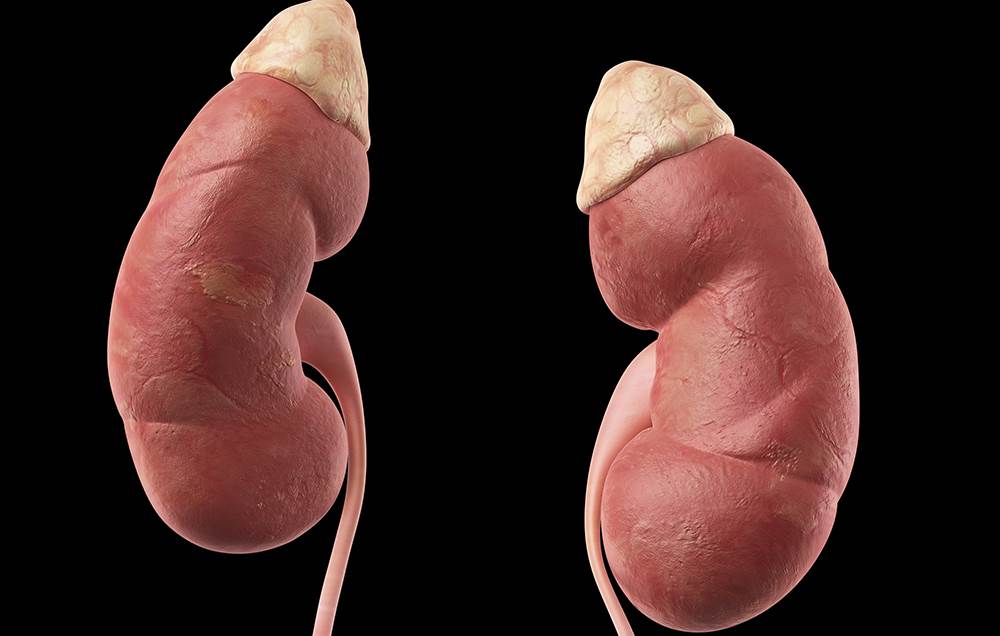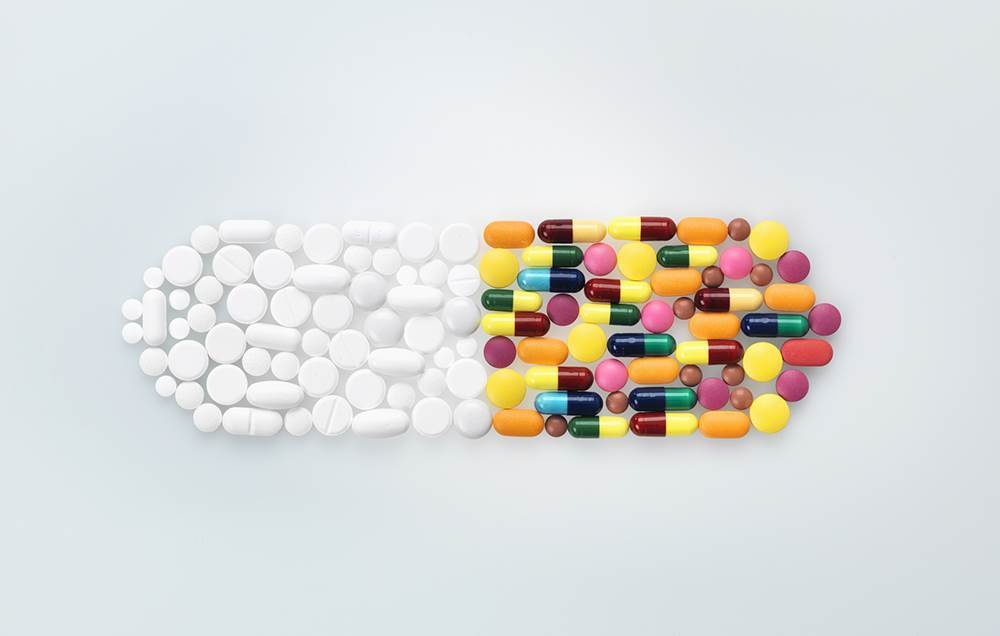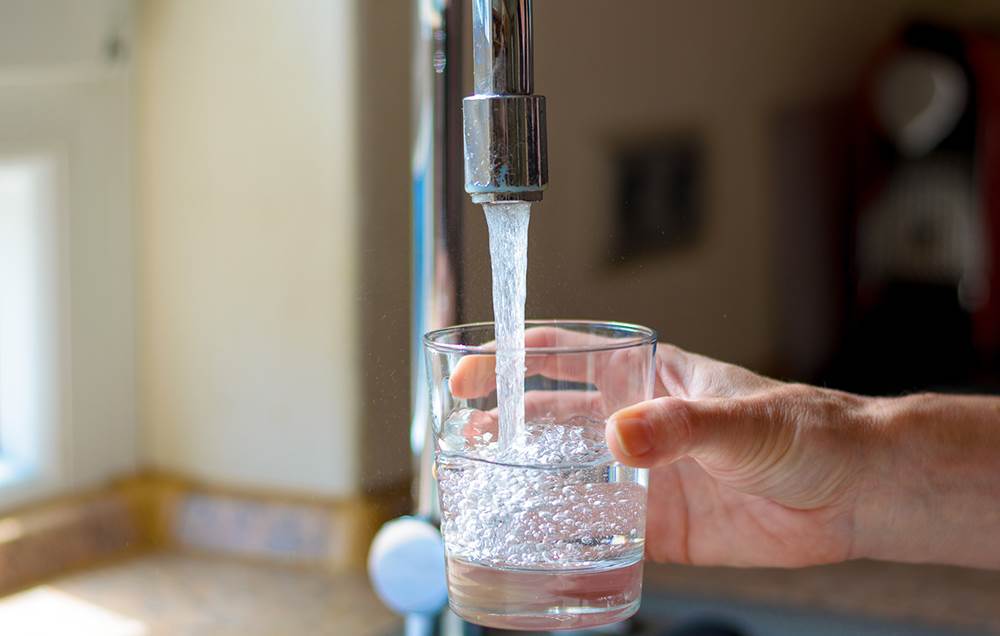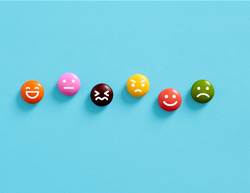Some scenarios or medical conditions actually demand that you up your sodium intake.
Let’s be clear about one thing from the get-go: Few of us are in danger of coming up short when it comes to our salt (sodium) intake.
“Most people consume adequate amounts of sodium—if not greater amounts than the current recommendation of 2,300 milligrams per day,” says food scientist and dietitian Joy Dubost.
The average diet is loaded with salt. So if you eat anything resembling the typical three-squares-plus-a-snack program most westerners adhere to, you likely have little to worry about when it comes to your sodium levels.
There are exceptions, which we’ll get to in a minute.
But before we do, Dubost says that if any of the scenarios on this list apply to you—or if you’re thinking about upping your salt consumption for some other reason—first take a week or two to carefully track your sodium intake.
She says apps like SuperTracker or MyFitnessPal can help you with that. Also keep a close eye on your serving sizes and nutrition labels—to help you identify the sodium in your whole or unpackaged foods.
Finally, and most importantly, check with your doctor before getting busy with the salt shaker.
Those caveats aside, when might MORE salt be appropriate? Here are six times:






You’re partaking in some marathon-intensity exercise.
Athletes who engage in intense exercise for prolonged periods of time—an hour or more—may at times need a sodium boost, Dubost says. “Hyponatremia can occur, which is a drop of sodium in the blood resulting in dizziness, confusion, weakness and even death,” she explains. While it’s not common, hyponatremia can occur when people are sweating hard and pounding lots of water to rehydrate, but aren’t replacing the sodium their bodies shed while perspiring. If you’ve just wrapped up a grueling, shirt-soaking workout—or if, during an endurance event, you’re experiencing any of the symptoms Dubost mentioned—eating some salty foods can help your body recover.
You live in a hot, muggy climate.
“Once again, excessive sweating can result in a drop in sodium,” Dubost says. As with heavy exercise, excessive sweating could in some cases lead to hyponatremia, she explains. If the weather conditions are making you sweat hard and you’re experiencing headaches, light-headedness, or crazy thirst, sprinkling some salt onto whatever you’re eating may relieve your symptoms.
You have this medical condition.
Salt-losing nephropathy is a form of kidney disease that makes it difficult for your body to maintain adequate sodium levels, says Dr Lawrence Appel. “People with this condition lose excess sodium in their urine, and need to make a conscious effort to keep their [sodium] levels up,” he says. If they don’t, the result could once again be hyponatremia, which could produce symptoms like dizziness, headaches, weakness or fatigue. Call your doctor and let her know what’s up.
You’re taking diuretic medications.
Several medications—diuretics, in particular—can lead to mineral imbalances in your body by increasing your urine output, Dubost says. While it’s true that diuretics are often prescribed for those with hypertension, and it's also true that eating too much salt can be risky for those with elevated BP, there may still be times when someone taking diuretics needs to consume some extra sodium to help balance things out.
You’re an older adult, and your thinking is muddled.
Seniors—especially those aged 80 or older—may experience a brain boost by upping their salt intake, according to a study published earlier this year. The study team found that, compared to older adults on low-sodium diets, those who consumed moderate amounts of sodium performed better on some tests of brain functioning. It’s important to point out that this study is preliminary. So while it’s possible some extra sodium may benefit your brain, don’t go nuts with the salt shaker until you’ve cleared it with your doctor.
You’re suffering from this rare syndrome.
A cluster of conditions known collectively as Bartter syndrome can affect your kidneys’ ability to process the salt you consume. Basically, too much sodium ends up in your urine, and not enough is absorbed into your body, Appel says. The condition is rare, and it springs from genetic abnormalities. Symptoms of the syndrome include everything from vomiting and excessive thirst to intense salt cravings. Again, you need to speak with your doctor before upping your salt consumption.










